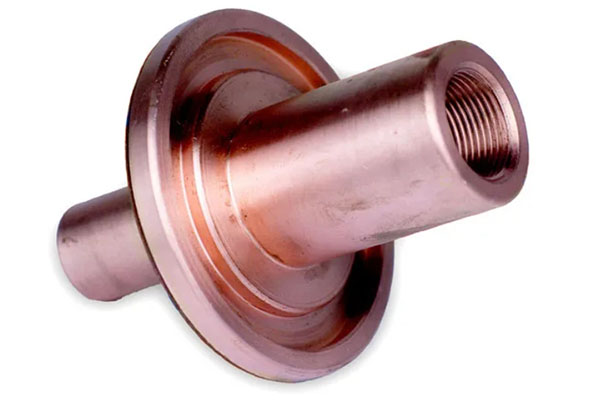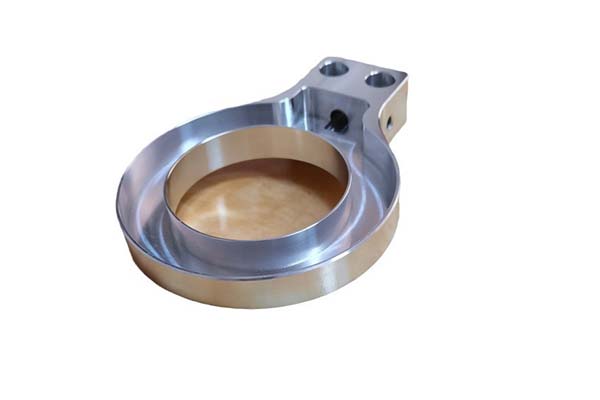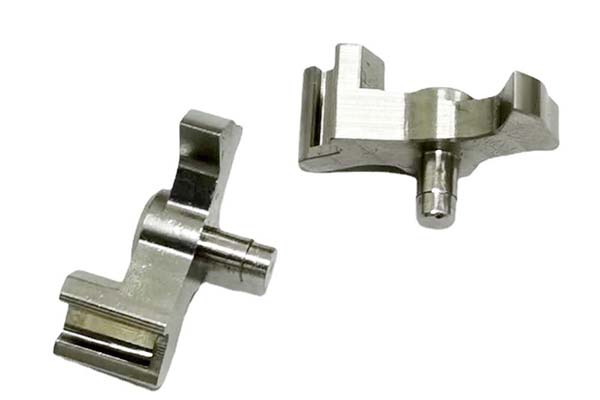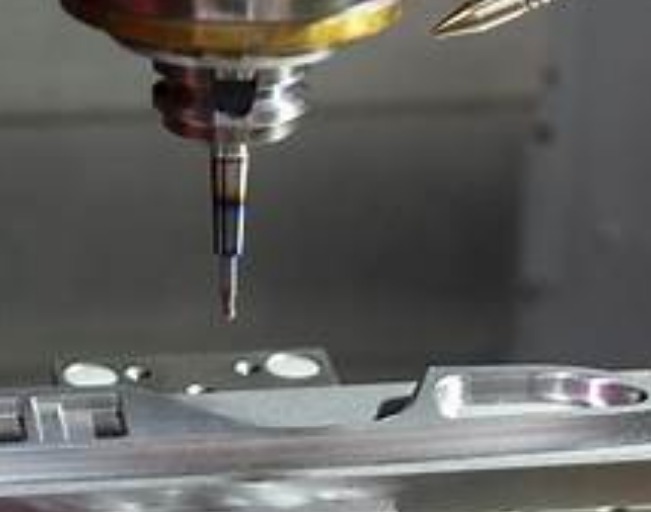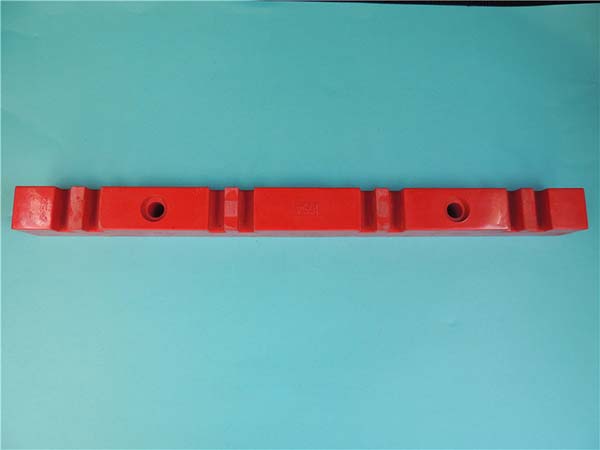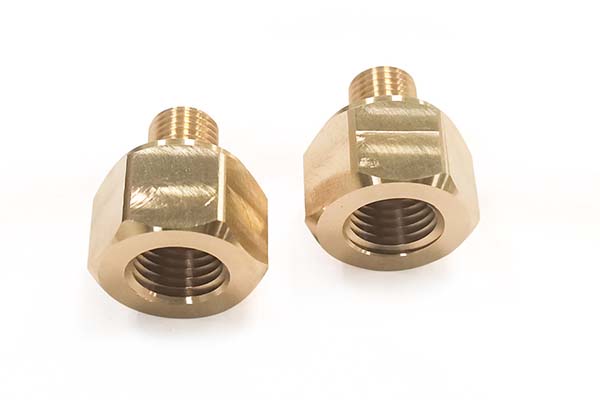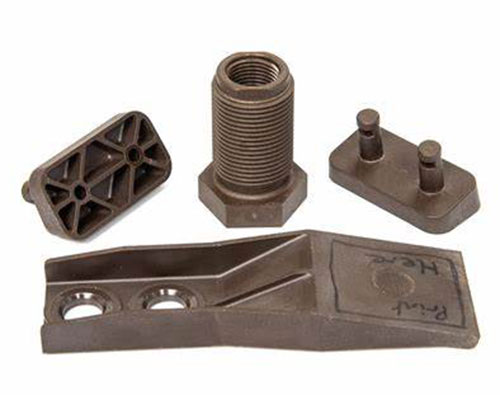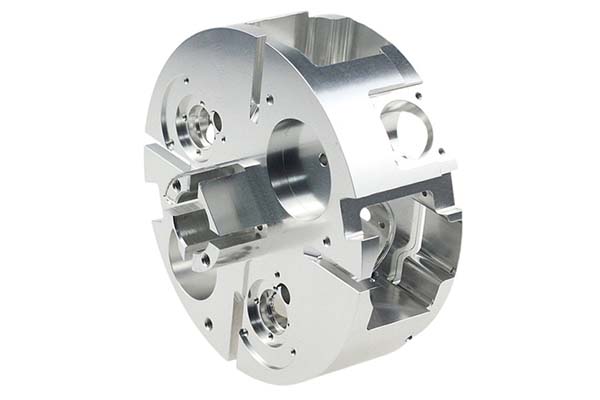C65500 (High-Silicon Bronze A) is a versatile alloy valued for its corrosion resistance and strength, but machining it comes with unique challenges. Its high silicon content makes it abrasive, leading to rapid tool wear, while its ductility can cause chip control issues and poor surface finishes. This guide addresses these pain points, providing expert strategies to master CNC machining of C65500.
Alloy Identity & Composition
C65500 bronze, commonly known as high-silicon bronze A, is a wrought alloy with a simple yet effective composition: 97 % Cu and 3 % Si. It contains low Pb levels, making it a lead-free copper alloy—a critical feature for compliance with modern environmental and safety regulations.
Recognized under standards like UNS C65500 and ASTM B98, this wrought silicon bronze is produced through hot and cold working processes, which enhance its mechanical properties. The silicon content improves strength and corrosion resistance compared to pure copper, but it also increases machinability challenges due to silicon’s abrasive nature.
| Element | Composition |
| Copper (Cu) | 97 % |
| Silicon (Si) | 3 % |
| Lead (Pb) | Low (trace amounts) |
Mechanical & Physical Properties
C65500 high-silicon bronze offers a balanced set of mechanical properties that make it suitable for diverse applications. Its UTS (Ultimate Tensile Strength) ranges from 70–90 ksi, with yield strength at 30–50 ksi and an impressive 30 % elongation, combining strength and ductility—ideal for components that need to withstand both load and deformation.
Hardness measures HRB 60–80, which is moderate but sufficient to resist wear in applications like valve stems and pump rods. With a density of 8.53 g/cm³, it is slightly lighter than pure copper, reducing weight in architectural and marine components.
Electrical conductivity is relatively low at 7 % IACS, limiting its use in high-conductivity applications, but its thermal conductivity of 17 Btu·ft/(hr·ft²·°F) ensures adequate heat dissipation in components like bushings. The modulus of elasticity is 15 Msi, providing good stiffness for structural parts.
Machinability & Recommended Practices
Machinability Rating and Tool Selection
C65500 has a machinability rating of 30 % compared to free-machining brass (rated at 100 %), highlighting its challenging nature. Carbide K20-K30 inserts are the preferred choice for most operations, as their hardness resists abrasion from silicon particles. TiCN coating on these inserts further extends tool life by reducing friction and enhancing wear resistance.
Cutting Parameters
- Cutting speed: 90–150 m/min is optimal. Lower speeds (90–120 m/min) are recommended for roughing to minimize tool wear, while higher speeds (120–150 m/min) can be used for finishing with sharp tools.
- Feed rate: 0.04–0.12 mm/tooth balances material removal and surface quality. Faster feeds risk chip buildup, while slower feeds may cause rubbing and heat generation.
- Depth of cut: 0.5–2 mm is suitable, with shallower depths for finishing passes to achieve smooth surfaces.
Coolant and Chip Control
Flood coolant is essential when machining C65500, as it cools the cutting zone, reduces friction, and flushes away abrasive chips—critical for extending tool life. The coolant should have good lubricity to handle the alloy’s ductility.
Chip control is challenging due to C65500’s ductility, which produces long, stringy chips. Using tools with chip breakers and optimizing feed rates helps break chips into manageable pieces, preventing them from wrap cutting tool or damaging the workpiece surface.
Surface Finish & Dimensional Accuracy
Ra 0.2–0.6 µm Finish and Tolerances
Achieving a Ra 0.2–0.6 µm finish on C65500 requires sharp tools and proper cutting parameters. Carbide inserts with TiCN coating work well for general finishes, while a mirror finish pass with PCD tools (polycrystalline diamond) can be used for applications requiring ultra-smooth surfaces, such as decorative panels.
C65500 can hold ±0.01 mm tolerance when machined with precision equipment and rigid setups. This level of accuracy is crucial for components like electrical connectors and valve stems, where proper fit is essential for functionality.
Burr-Free Edges and Inspection
Burr-free edges are challenging to achieve due to C65500’s ductility. Using sharp tools with positive rake angles and implementing deburring processes (such as tumbling or abrasive brushing) helps ensure clean edges.
CMM validation (Coordinate Measuring Machine) verifies dimensional accuracy, while a surface roughness tester checks Ra values to ensure compliance with specifications. Measuring roundness <1 µm is important for rotating components like pump rods, ensuring smooth operation and reduced wear.
Applications & End-Use Industries
Marine and Industrial Components
Marine fasteners and pump rods rely on C65500’s excellent corrosion resistance in saltwater environments. Valve stems benefit from its strength and wear resistance, ensuring long service life in industrial machinery.
Architectural and Decorative Uses
Architectural hardware (hinges, brackets) and decorative panels use C65500 for its attractive appearance and resistance to weathering. Its lead-free composition makes it safe for indoor applications.
Electrical and Mechanical Parts
Electrical connectors leverage its moderate conductivity and corrosion resistance, while bushings use its wear resistance to handle friction in moving parts. Welding wire made from C65500 is used for joining similar alloys, thanks to its good weldability.
Corrosion-Resistant Components
In general, corrosion-resistant components across industries (chemical processing, water treatment) rely on C65500 to withstand harsh environments where other metals would degrade.
Yigu Technology specializes in CNC machining C65500 (High-Silicon Bronze A), with expertise in overcoming its abrasive nature and ductility challenges. Our focus on tool selection, coolant management, and precision techniques ensures parts meet tight tolerances and surface finish requirements. Trust us for high-quality C65500 components for marine, industrial, and architectural applications.
FAQs
- Why is C65500 more abrasive than other bronzes?
C65500’s 3 % silicon content makes it abrasive, as silicon particles act like tiny cutting edges, wearing down tools faster than alloys with lower silicon levels.
- Can C65500 be machined with high-speed techniques?
While C65500 can be machined at moderate speeds (up to 150 m/min), high-speed machining (above 150 m/min) is not recommended due to increased tool wear from its abrasive nature.
- How does C65500’s corrosion resistance compare to stainless steel?
C65500 offers excellent corrosion resistance in saltwater and industrial environments, often comparable to stainless steel, but with the added benefits of being lead-free and easier to form into complex shapes.
